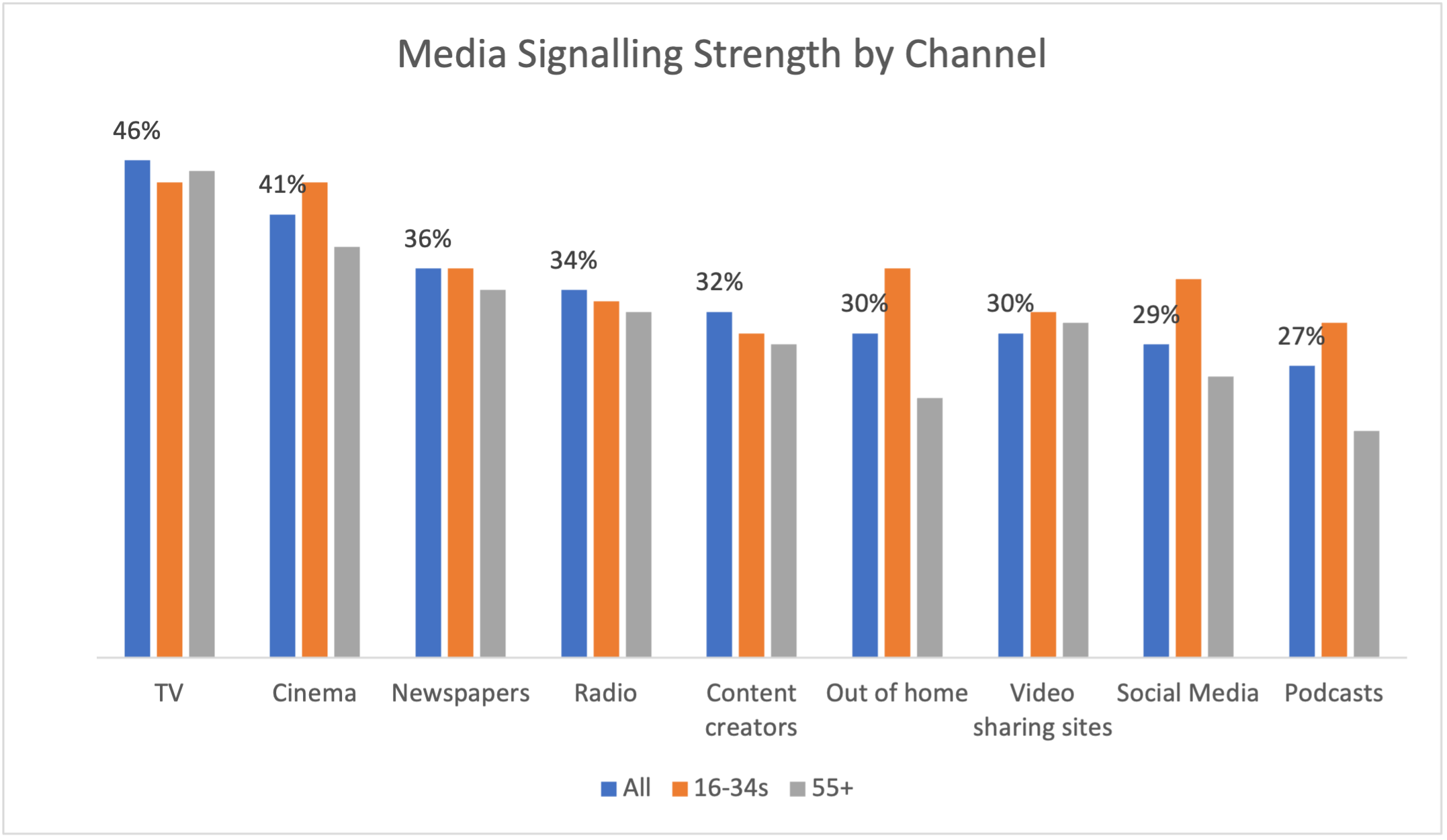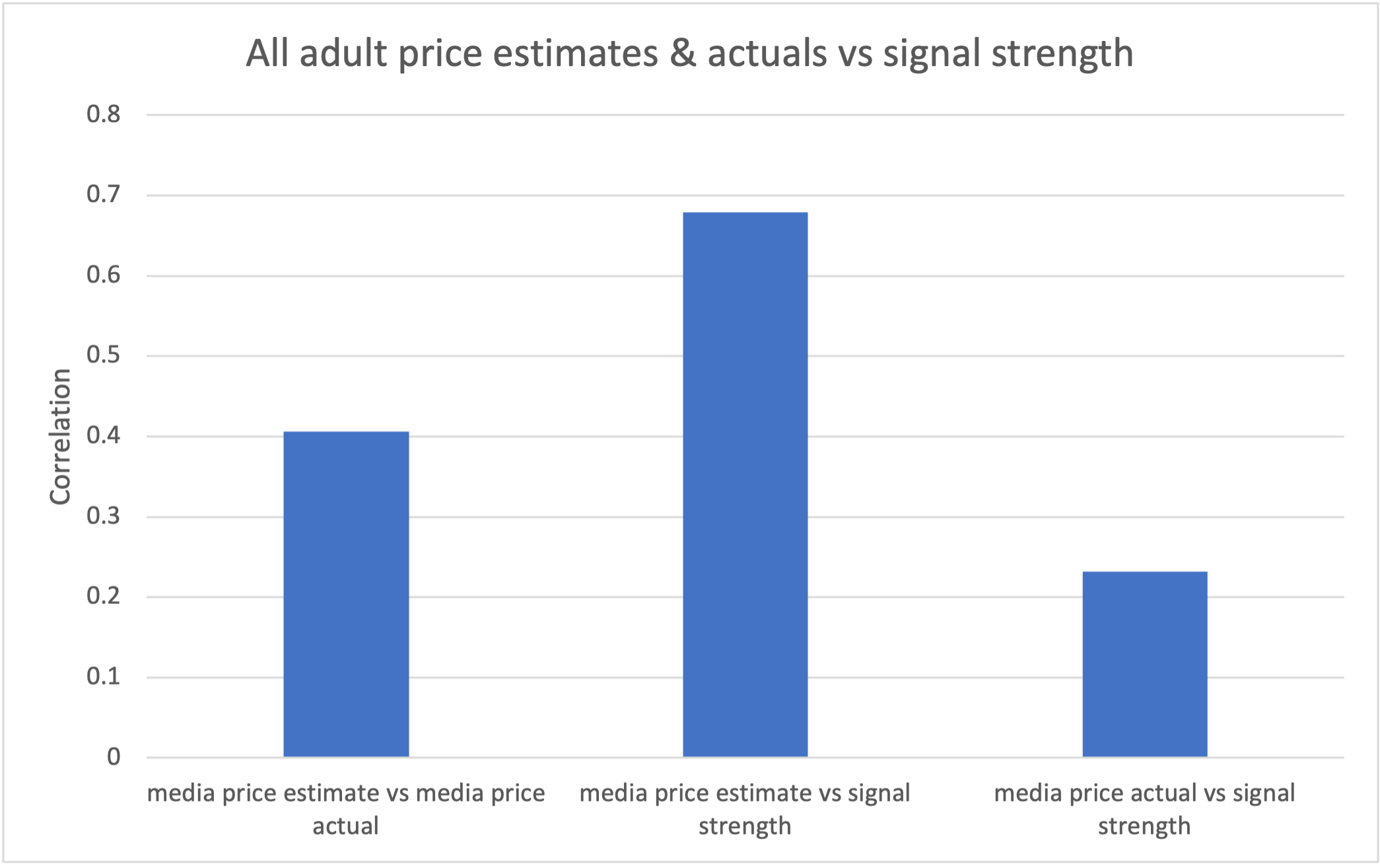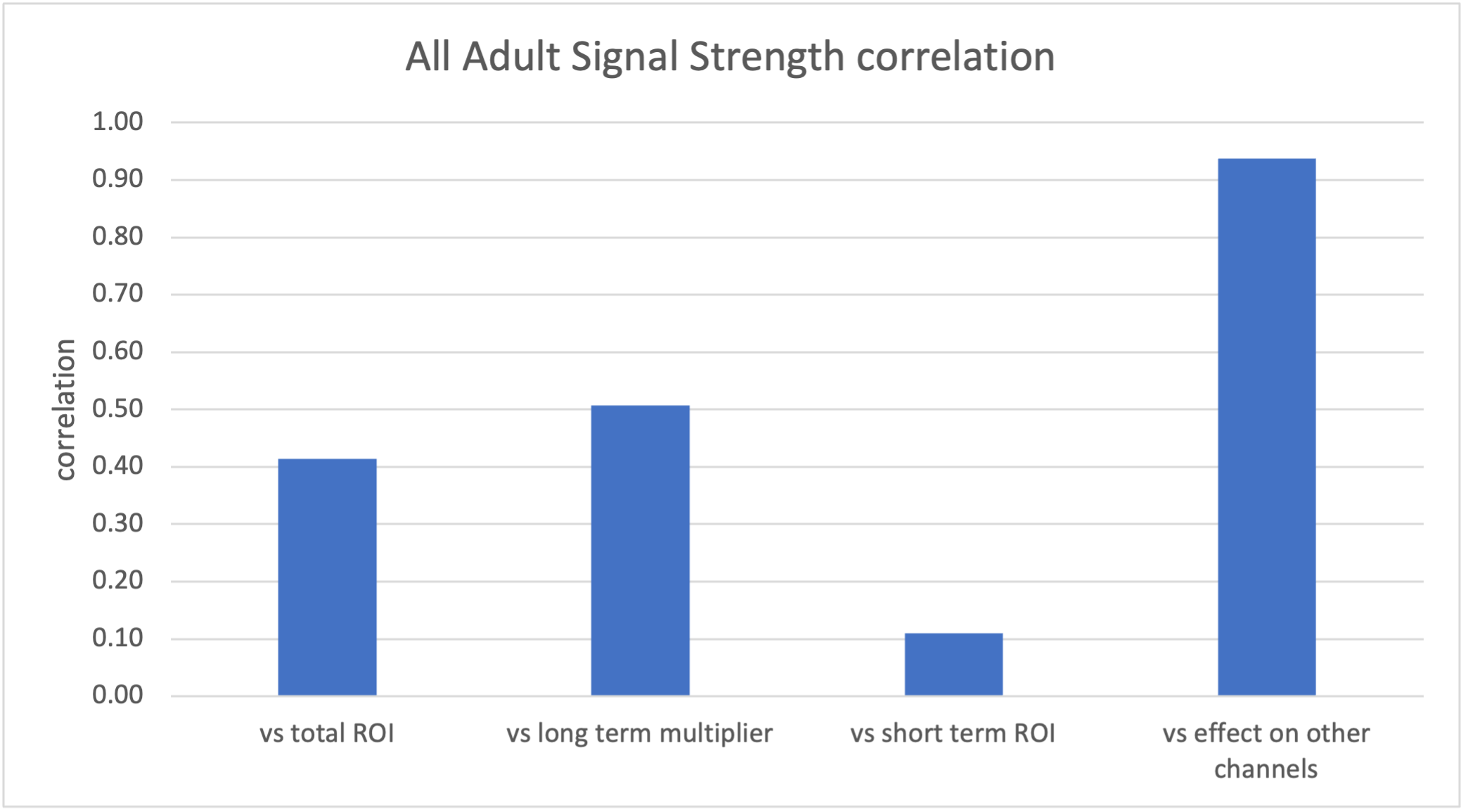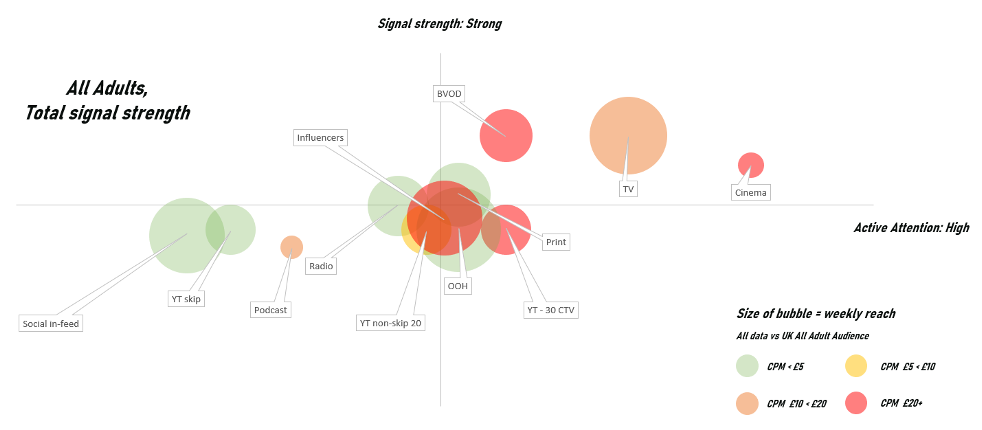How to map media quality for physical and mental measures

Strategy Leaders
EssenceMediacom’s strategy chief reveals new research into media channel signalling strength.
In biblical times, if God wanted action, He didn’t muck about.
Take the season we’re in now: Epiphany. I’m pretty sure God thinks of these things like a marketer, so He probably wrote a brief to his agency (I’m guessing it wasn’t Adam & Eve).
GET high-net-worth individuals in the Middle East, TO visit our new Bethlehem resort & working farm, BY making it a famous regional destination for thought leaders. Unlimited heavenly powers available to make the right idea happen. Campaign must go live on 24 December at midnight (big event happening!) and run until early Jan. KPIs: mass awareness and minimum three new guest bookings.
Now, if God were an entity set on running the universe efficiently, He would probably have requested some quarter-page ads in the Wise Man’s Almanac or targeted display on luxury retail websites selling frankincense and myrrh.
But God knew something media planners don’t think about enough: the medium is the message.
Media channel choices and trust
What better way to say something is worth investigating, worth talking about, worth worshipping, than having a massive fuck-off new star hovering just above it?
This is the same insight that sits behind new research conducted by EssenceMediacom and Burst Your Bubble. Following up on a 2020 study by Thinkbox and Ian Murray, the work investigates the effect advertising channel choice has on brand perception.
The study uses a fake brand (TIXE) and a generic description of the service it offers to isolate the effect of the media channel choice on consumer perception of the brand.
Across nine channels in the study, there is clear evidence to show that your media channel choice affects the way consumers perceive product or service quality, your company’s confidence in itself and its financial means, likely success, popularity and favourability with other people in society.
Ultimately, our research found that your media channel choice informs how much trust people will have in the claims you make.

Importantly, the research replicated findings from the 2020 study — with channels that featured across both studies receiving near-identical responses.
Signal strength seems to be a product of our collective consumption of media and our collective understanding of media price.
We found that while there was no correlation between the signal strength of media and the actual price expressed as a cost per mille, there was a much stronger relationship between consumers’ estimates of how much media costs and the signal strength it possesses.

Importantly, we can show that signal strength relates to outcomes.
Using the database of econometric studies behind EssenceMediacom’s Media Mix Navigator, we can show that while a channel’s signalling strength has no relationship to short-term return on investment (ROI), it is a good predictor of long-term ROI and a very strong corollary of the halo effects the channel can have on other media investments.

When it comes to individual channels, the research threw up some interesting titbits to go along with the macro finding that it is big, public, shared media that elicits the strongest brand response among consumers.
For instance, creator-led campaigns, out-of-home, radio, podcasts and online video all perform much better at generating the impression that a brand is likely to be popular, successful or used by a lot of people than they do at communicating product quality or a brand’s financial strength and confidence.
These channels clearly work best at placing your brand in culture, positioning them as part of the zeitgeist — but the idea that they can be a cure-all or replacement for other channels such as TV is for the birds.
Across all age splits, we found that media generally informs people’s perceptions of a brand in similar ways. Younger consumers were more responsive in general to the proposed advertising, but across channels responses were broadly the same whichever demographic was isolated. Cinema, TV, news and radio tended to perform better than other media.
Moving beyond ‘attention’
However, the goal of this research was not to simply examine the difference in the X factor that different media brings to a campaign.
Advertisers and agencies are increasingly focused on understanding the gap between reach and impact.
In recent years, attention has dominated this debate. If you adjust reach by attention, you can quickly optimise your media mix for impact.
Attention is undoubtedly an important part of the media quality puzzle, but it is not a panacea.
The issue with only measuring our physical response to media (eyes-on time, dwell time, viewability etc) is that it makes no allowance for how people mentally process what they are being exposed to.
For instance, as Peter Field discussed at The Future of TV Advertising Global, attention data indicates a non-skippable YouTube ad can “almost match” TV advertising. However, our research shows that consumers implicitly understand YouTube advertising isn’t the same as TV. Even among 16-24s, online viewing scores a full 30% lower on signal strength than TV.
Now, for the first time, we can map media quality in terms of both physical and mental measures, allowing us to give a holistic picture of the landscape our brands can appear within. This landscape can be filtered for age or type of communication goal the brand has.
This map becomes a powerful forecasting tool once price and reach predictions are built in, allowing brands to spot opportunities years in advance, so that they can begin to build relationships with the partners that are going to matter more to them.

All charts attributed to EssenceMediacom
 Richard Kirk is chief strategy officer at EssenceMediacom UK
Richard Kirk is chief strategy officer at EssenceMediacom UK
Strategy Leaders: The Media Leader‘s weekly bulletin with thought leadership, news and analysis dedicated to excellence in commercial media strategy.
Sign up for free to ensure you stay up to date every Thursday.




